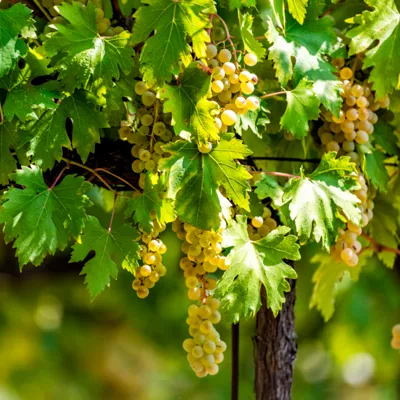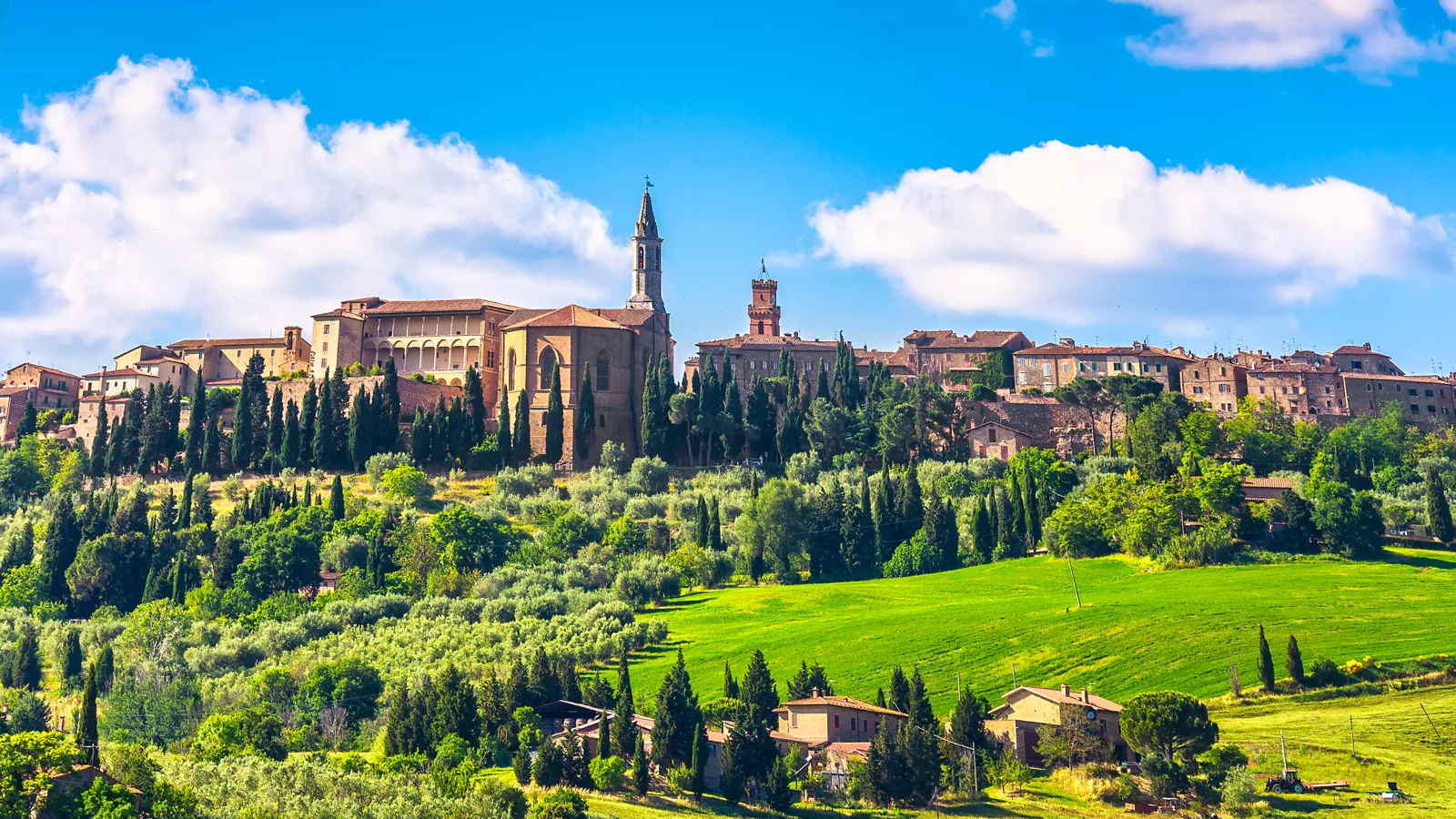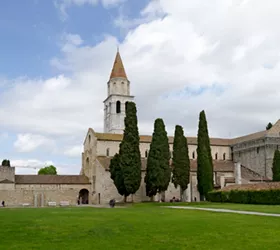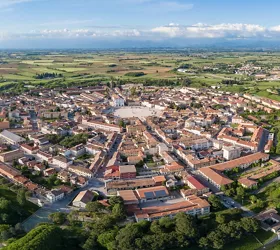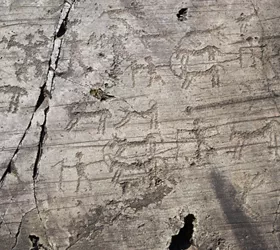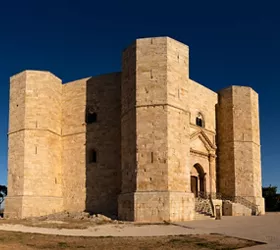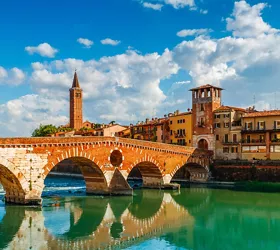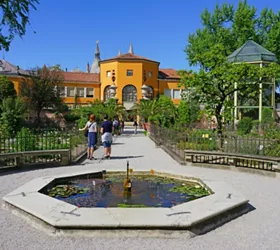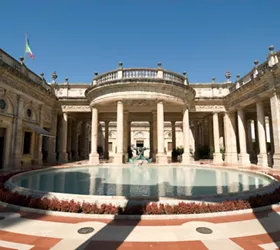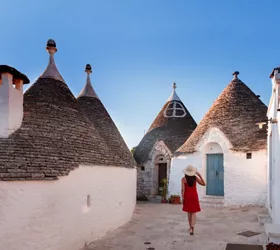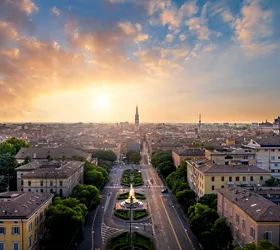Italy, the country with the greatest number of UNESCO sites in the world
To date, UNESCO has recognised 1223 sites worldwide, of which 952 are cultural, 231 are natural and 40 are mixed, present in 168 countries. Italy currently holds the highest number of sites on the World Heritage list, with 60 sites within its borders.
Italy's natural, cultural and landscape wealth is immeasurable: a heritage made up of immense natural areas, exclusive archaeological sites, unique monuments and countless artistic masterpieces, all to be discovered or visited.
So, what are the characteristics that make a site or work a suitable candidate? And how many and what types of heritage are recognised by UNESCO? If you are interested in finding out more, here are the answers, along with many other interesting facts.
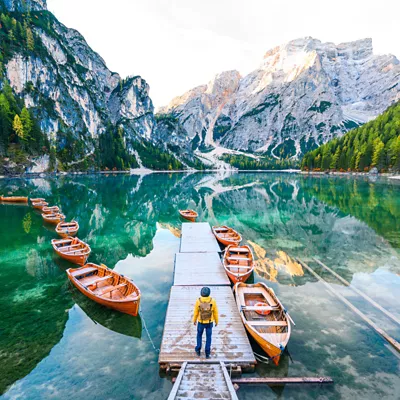
CULTURAL HERITAGE
To be nominated as a UNESCO World Cultural Heritage Site, monuments, sites or agglomerations must be man-made, or made by man and nature, and must have outstanding universal value in terms of history, art, aesthetics, science or anthropology.
Interesting fact: The first Italian sites to be included in the UNESCO cultural heritage list were the rock art of the Camonica Valley in 1979 and the historic center of Rome in 1980.
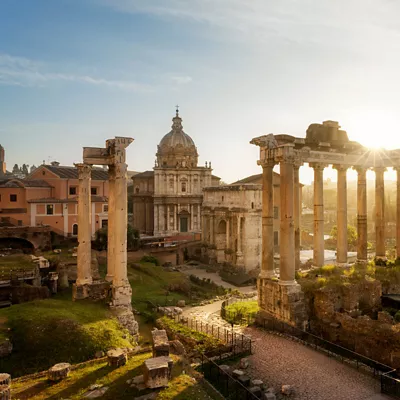
NATURAL HERITAGE
The list of natural heritage includes non-artificial monuments, geological formations or natural areas of high universal aesthetic, conservation or scientific value.
There are 6 natural sites recognised in Italy: the Aeolian Islands, Mount San Giorgio, the Dolomites, Mount Etna, the Ancient Primeval Beech forests of the Carpathians and other regions of Europe, Evaporitic Karst and Caves of Northern Apennines.
Each of the above-mentioned sites is unique and valuable, but all are worth a visit at least once: an all-Italian, UNESCO-guaranteed feast for the eyes.
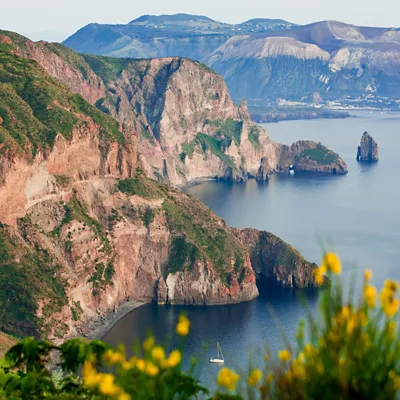
CULTURAL LANDSCAPE
Since 1992, UNESCO has also considered landscapes that represent 'joint creations of man and nature'. These works must demonstrate the evolution of a society and its settlement over time, under the influence of constraints and/or opportunities presented by the natural environment and cultural, economic and social forces.
In Italy, there are eight must visit UNESCO World Heritage cultural landscapes: the Amalfi Coast, Portovenere, the Cinque Terre and the islands of Palmaria Tino and Tinetto, the National Park of Cilento and the Vallo di Diano (with the archaeological sites of Paestum, Velia and the Certosa di Padula), the Sacred Mountains of Piedmont and Lombardy, the Val d'Orcia, the 12 Villas and 2 Medici Gardens in Tuscany, the Wine-growing Landscapes of Piedmont: Langhe-Roero and Monferrato, and The Prosecco Hills of Conegliano and Valdobbiadene.
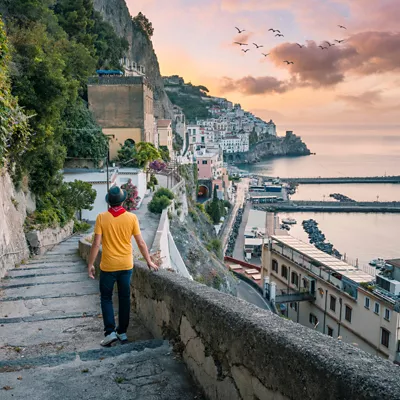
ORAL AND INTANGIBLE HERITAGE
Almost twenty years ago, a new list was established, which goes beyond the physical and territorial aspects described so far. Indeed, since 2003, UNESCO has approved the Convention for the Safeguarding of the Intangible Cultural Heritage, to protect traditional culture and folklore around the world. To date, there are 17 traditions to be safeguarded in Italy, from the captivating Sicilian puppet opera, the expressive Sardinian Tenor Singing or the heartfelt processions with Machines of the Saints, to the varied Mediterranean Diet or the exceptional Art of the Neapolitan Pizzaiuoli.
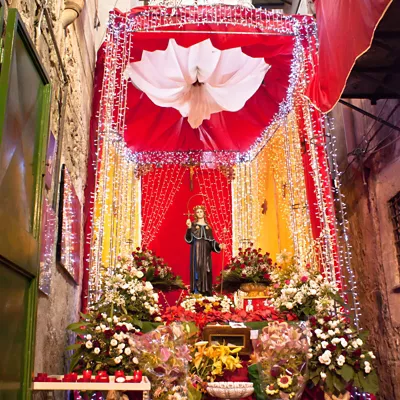
Unesco heritage wines and landscapes in Italy
Italy's richness and uniqueness in wine production is well-known all over the world. Suffice it to say that some production areas have been awarded a UNESCO Heritage status
